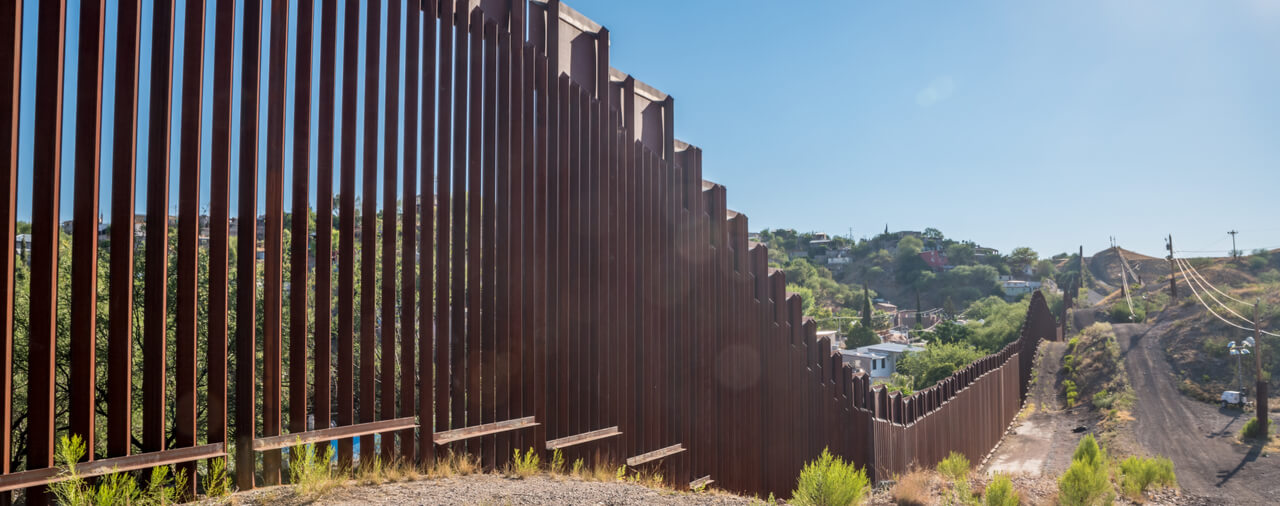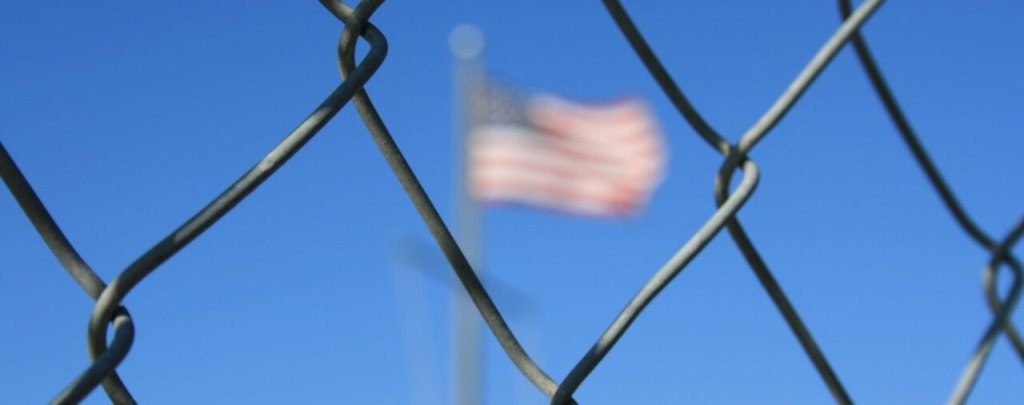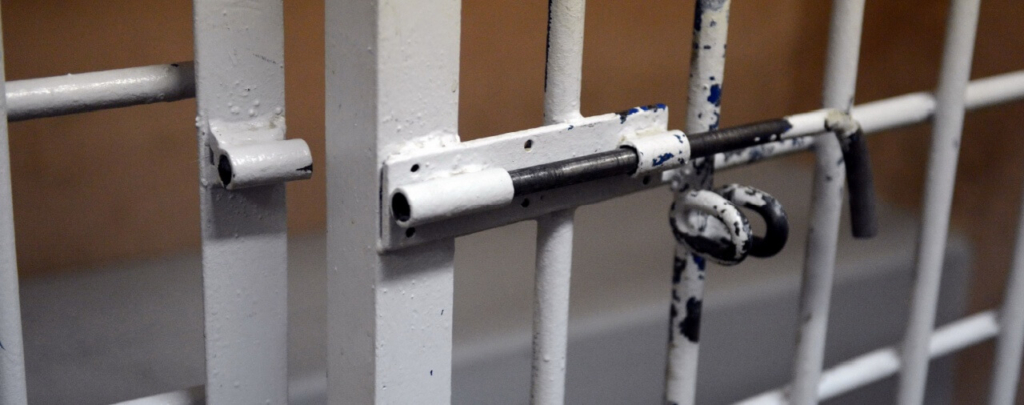On September 27, 2017, Politico Magazine posted an interesting title on the progress of the Department of Justice (DOJ) initiative to reallocate Immigration Judges to the U.S.-Mexico border [PDF version].1
Since the issuance of President Donald Trump’s January 25, 2017 Executive Orders [see article], the DOJ has sent immigration judges on projected short-term assignments to the border. The purpose of this reallocation of judicial resources was to process cases at the border expeditiously, ostensibly, to reduce the significant backlog of cases in the immigration court system that originate at border crossings [see blog].
The Politico story suggests that the results of the new program have thus far been suspect. The story quotes multiple judges who were forced to cancel a substantial number of scheduled hearings in their immigration courts to take on assignments at the border, only to discover that there were not many cases to be heard there . Immigration Judge Denise Slavin stated that she had to cancel approximately 100 case proceedings in her home court in Baltimore to hear only 20 cases during a two-week stint at New Mexico’s Otero County Processing Center. Judge Slavin questioned the new policy, stating that “[s]ending judges to the border has made the backlog in the interior of the country grow…”
Judge Slavin was not the only person to have noted this issue. Multiple DOJ memoranda discussed in the story noted that the immigration facilities on the border were often not busy enough to justify the surge of immigration judges from busy courts all across the country. For example, a DOJ memo said of the T. Don Hutto facility in Texas, which had five judges from Miami holding hearings via video teleconference, that “[t]here are not enough cases to fill one immigration judge’s docket, let alone five…”
While plenty of evidence suggests that the program has had resource-allocation issues, some immigration judges on details to the border have had better experiences. For example, Immigration Judge Robert D. Vinikoor of the Chicago Immigration Court stated that he had a full caseload when he was assigned to a two-week detail at the Otay Mesa Detention Center in San Diego. Judge Vinikoor, who retired in June after 33 years on the immigration bench, stated that the reassignments were necessary to handle detention cases at the border expeditiously. However, Judge Vinikoor noted that the question is whether the DOJ has been “over-detailing” judges to certain areas.
In response to the report, the DOJ stated that it has improved the program administration in recent months in order to cut down on over-detailing immigration judges to border facilities where they may not be needed. Specifically, the DOJ stated that it applied lessons from the initial deployment to determine how to best administer the program going forward.
John Sandweg, the former acting director of the U.S. Immigration and Customs Enforcement (ICE) during the Obama Administration, highlighted the potential downside of the border surge. He noted that the surge may delay hearings for individuals in the interior such that “they’ll never have their hearing so they’ll never be deported.” He described this, “ironically,” as “amnesty … to the non-detained docket.”
The immigration court system is facing a massive and ever-growing backlog of hundreds of thousands of cases. In implementing its border surge, it is crucial for the DOJ to only reassign immigration judges to the border when the docket necessitates it. The experience of Judge Vinikoor suggests that the DOJ is, with hope, making progress after a rocky start. However, every apparent mistake, such as the unnecessary assignment of Judge Slavin, will only serve to increase the perilous backlog faced by immigration courts in the interior.





